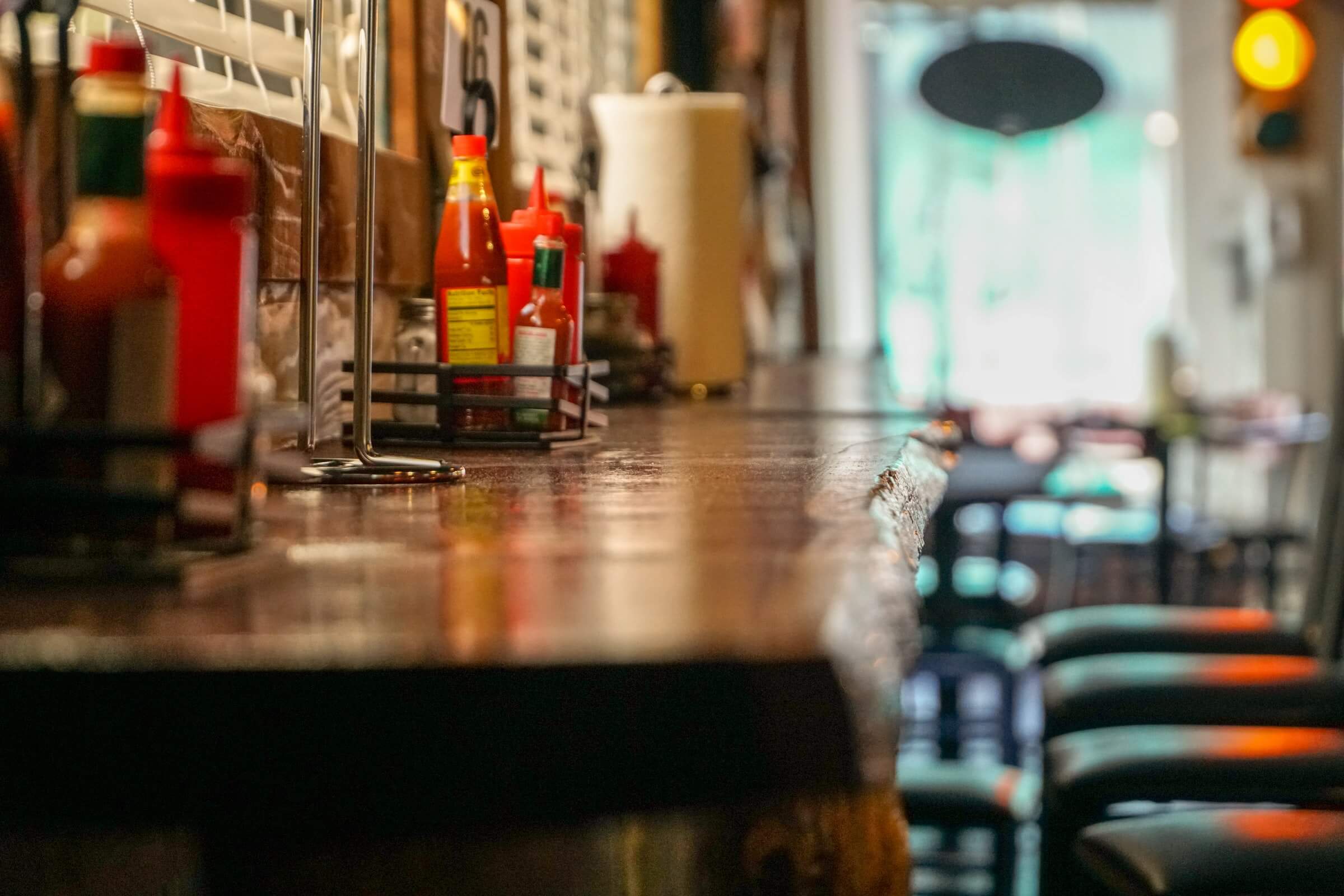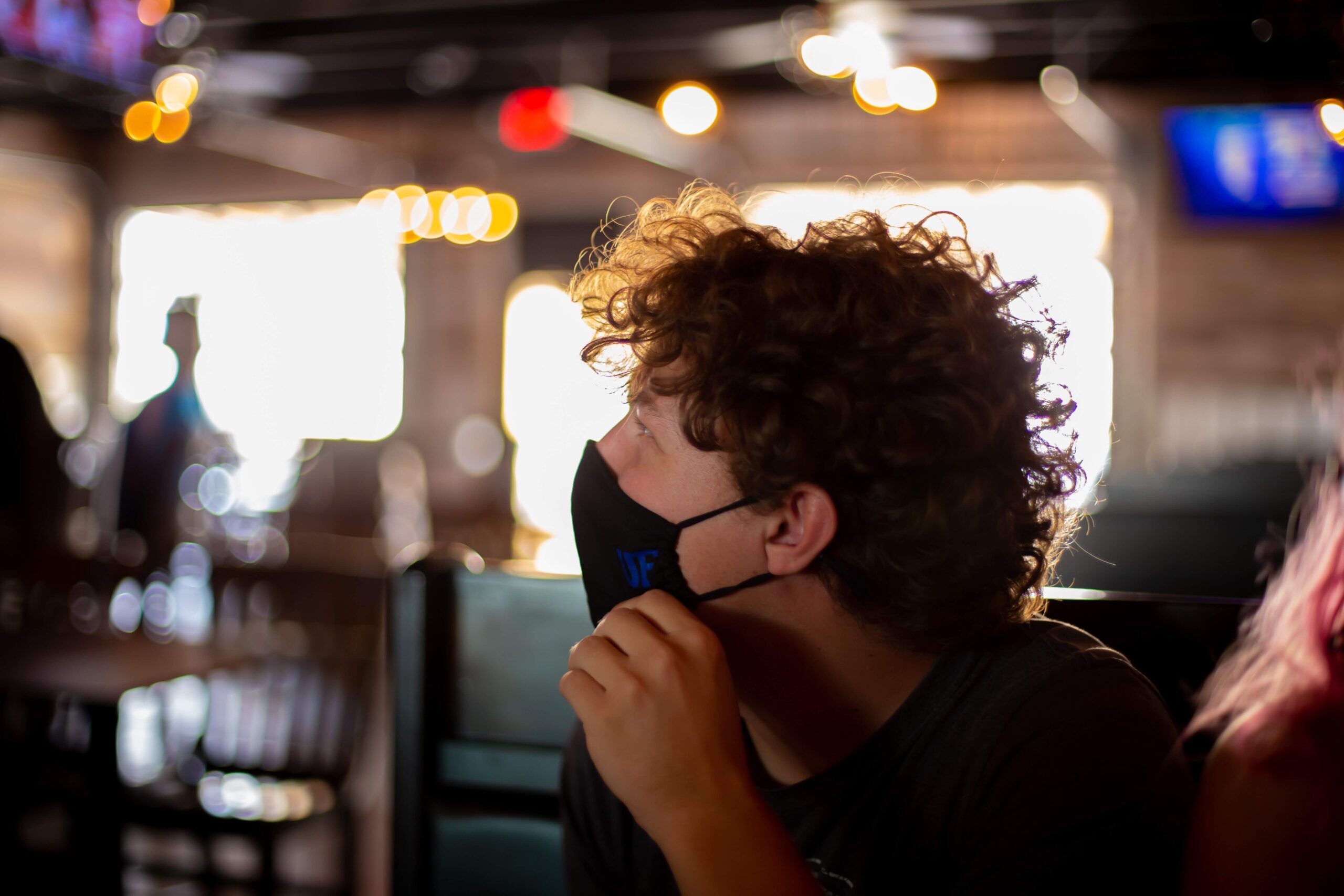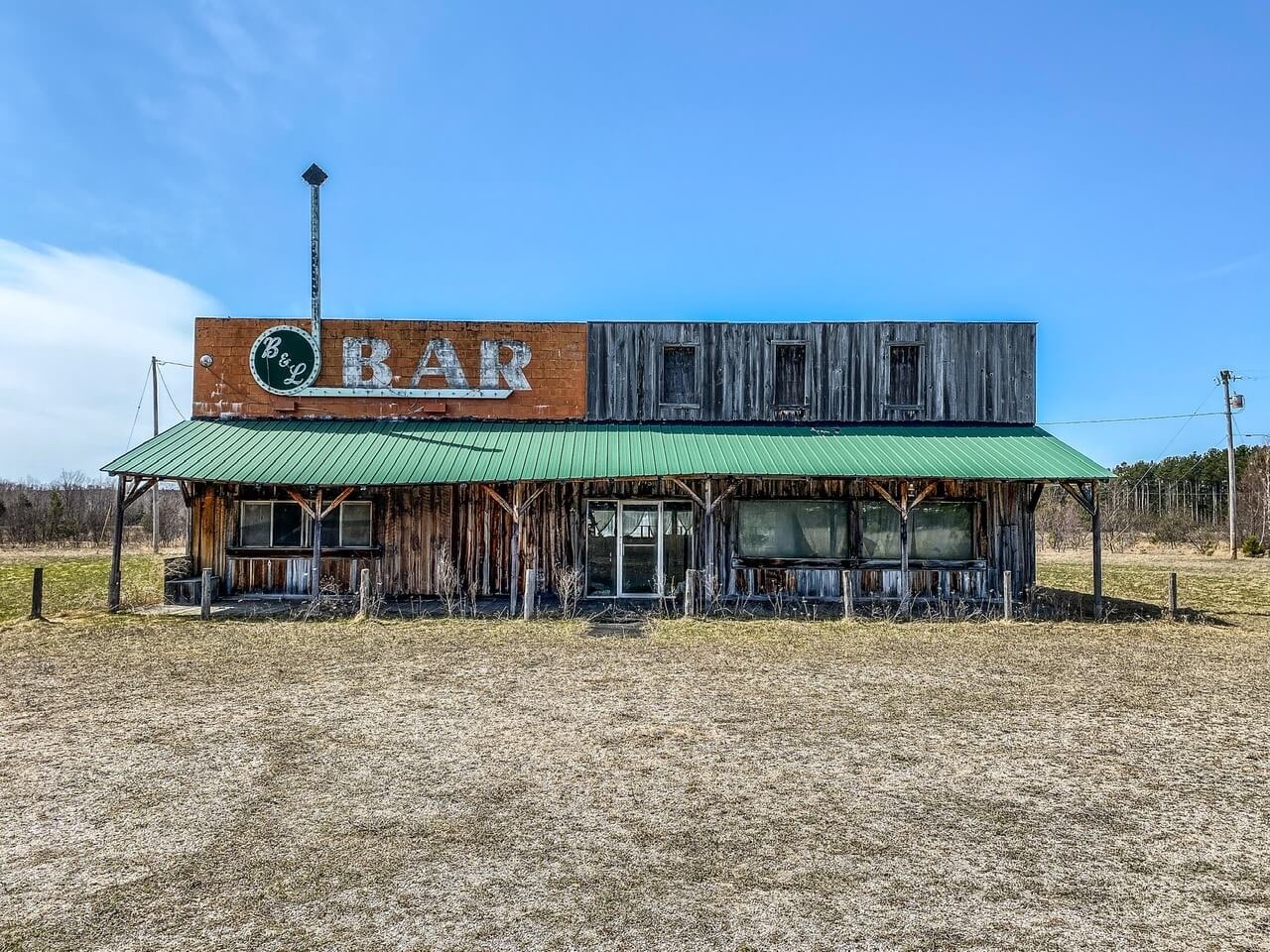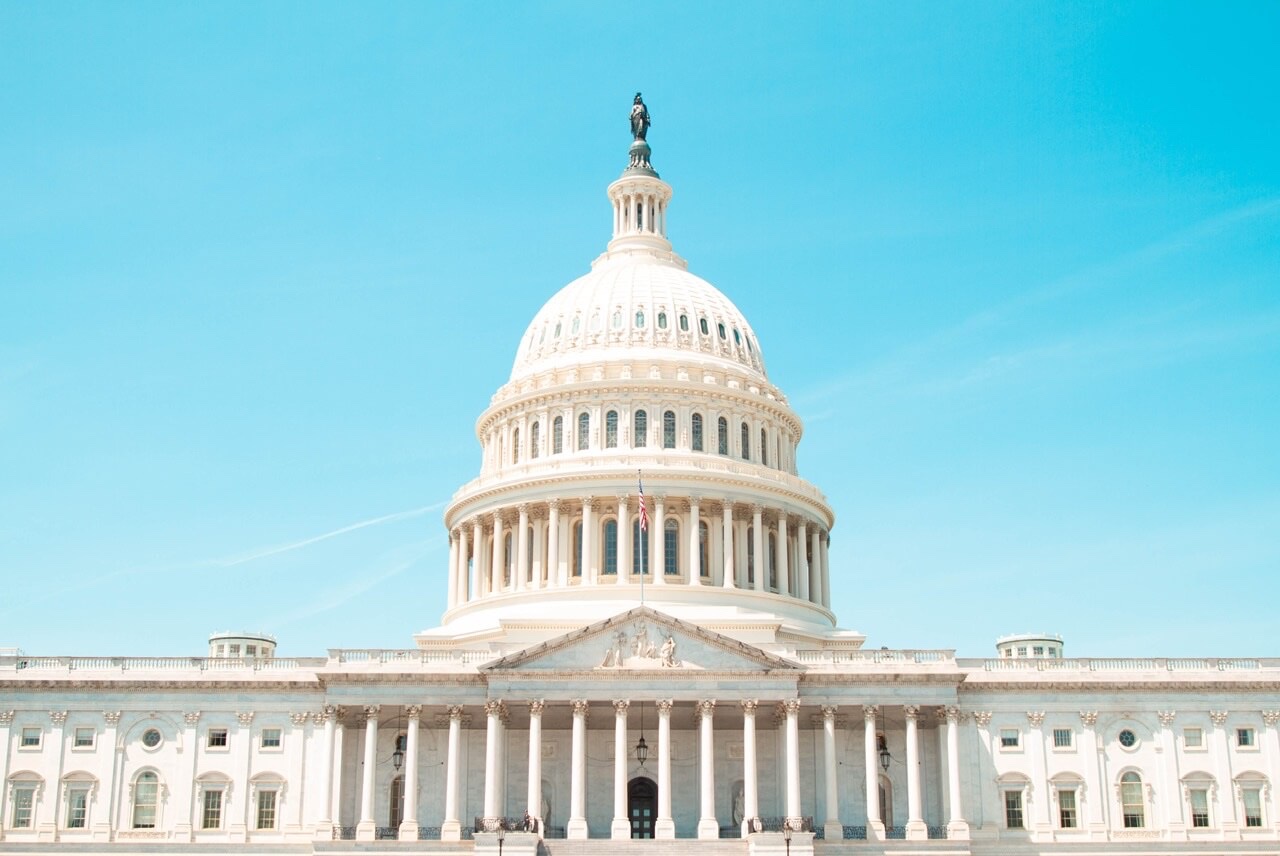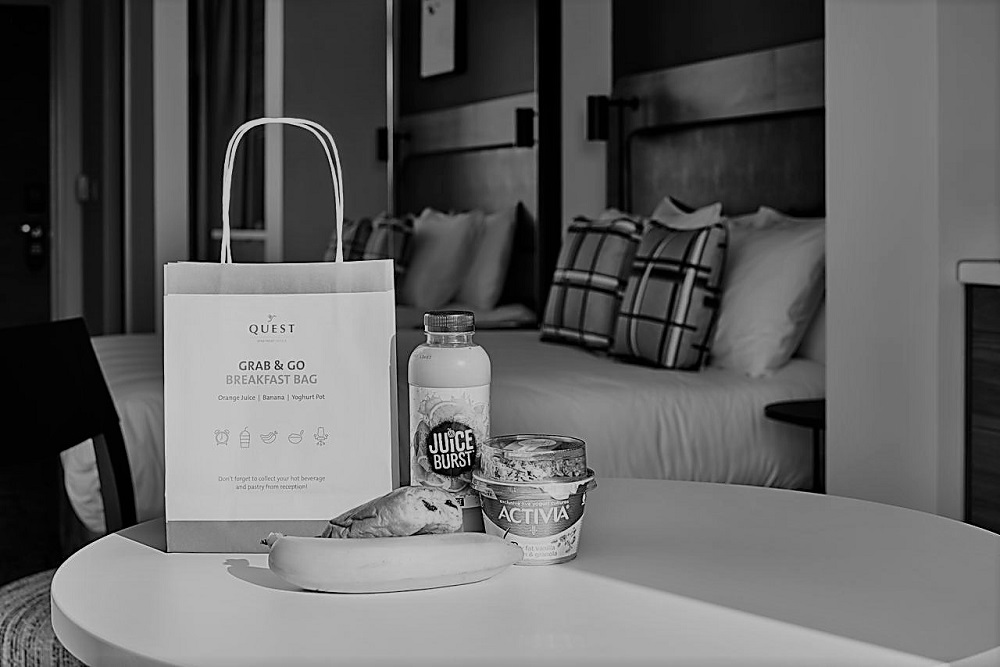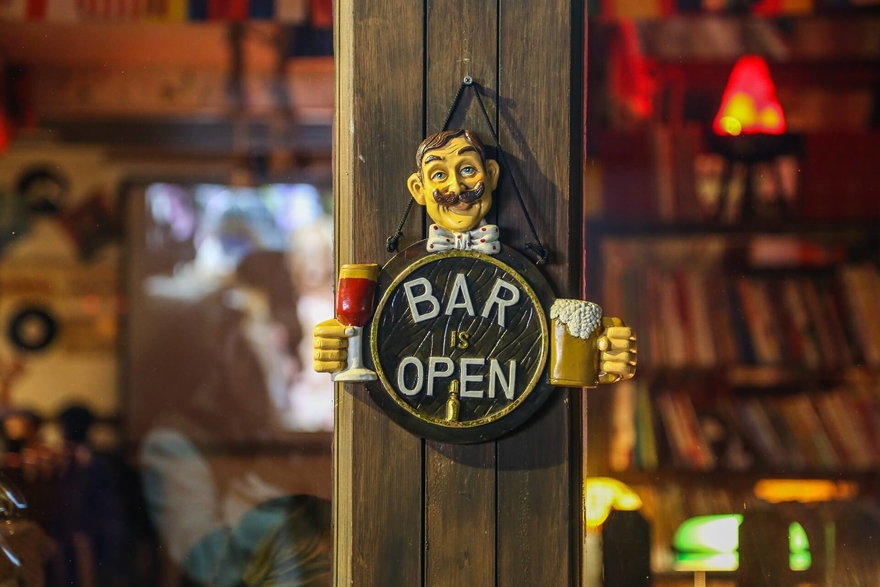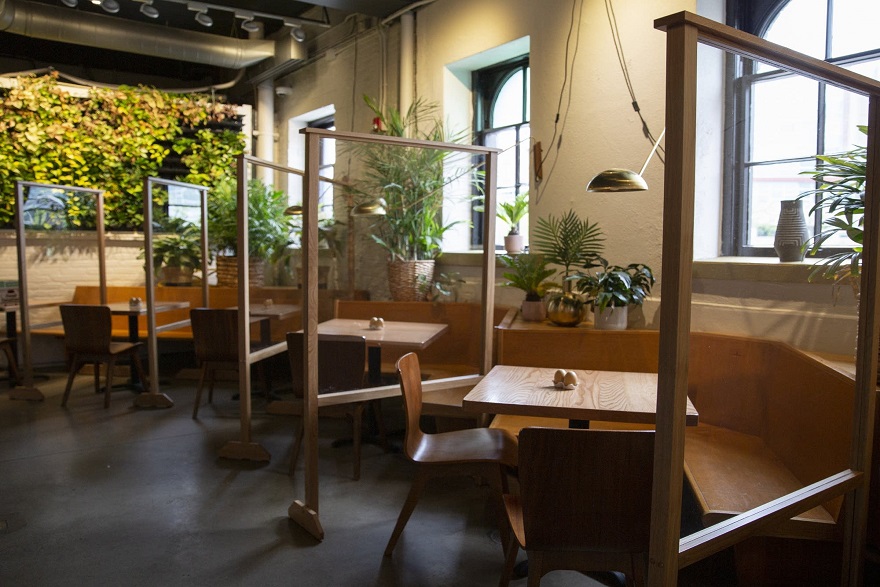Is Texas the Model for Restaurant Operation During the Pandemic?
by David Klemt
The mass exodus to Texas has been all over the news lately.
Many new Texas residents moved to the Lone Star State moved from California. Some moved to escape exorbitant rent, home prices, and taxes. But others have left California due to what some deem over-reaching Covid-19 restrictions.
On December 5, a regional stay-at-home order took effect in five California regions. Included in that order was a restriction on “nonessential trips” between the hours of 10:00 P.M. and 5:00 A.M. Some California lawmakers disagreed with labeling the restriction a “curfew” but it certainly seemed like one to Californians.
Also included in the order was a full shutdown of businesses categorized as bars, while restaurants were restricted to delivery and takeout only. In response, a group of operators in Orange County formed the #OPENSAFE movement and made it known they intended to defy the order, which is expected to remain in place through at least Christmas.
It’s likely that some former Californians flocked to Texas due to Governor Gavin Newsom’s restrictive stay-at-home order and “Covid fatigue.”
But is Texas less restrictive than California?
Some counties in Texas did implement curfews. For example, a 10:00 P.M. to 5:00 A.M. curfew took effect in Bexar, El Paso and San Antonio Counties over the Thanksgiving holiday. However, they were short-lived and ended November 30.
According to reports, El Paso County Judge Ricardo Samaniego is mulling the idea of a “partial curfew” for the period between the Christmas holiday and New Year’s Eve.
One major difference between the orders implemented in California and those that were issued in Texas is that the latter weren’t blanket, statewide restrictions.
Another difference regards bars. Drinking establishments are closed throughout California. In Texas, according to this document located on the Texas Alcoholic Beverage Commission website, “[b]ars or similar establishments located in counties that have opted in may operate for in-person service up to 50% of the total listed occupancy inside the bar or similar establishment,” and guests must remained seated if they’re drinking or eating.
Interestingly, no occupancy limit exists for a bar’s (or “similar establishment’s”) outdoor area. Another interesting detail: “the County Judge of each county may choose to opt in with the Texas Alcoholic Beverage Commission (TABC) to allow bars or similar establishments to operate with in-person service.”
That statement relates to Texas’ GA-32 executive order. In counties where Covid-19-related hospitalization rates and case counts meet state requirements, county judges can opt-in to reopen bars. In fact, the TABC features a map—updated daily at 3:00 P.M. CST—that displays the counties in which bars are permitted to open their doors.
Bars are required to stop serving alcohol at 11:00 P.M. but don’t have to close for business or send guests away at that time.
Restrictions are different for Texas restaurants. According to the TABC’s website, “Restaurants may operate for dine-in service up to 75% of the total listed occupancy inside the restaurant; outdoor dining is not subject to an occupancy limit; and restaurant employees and contractors are not counted towards the occupancy limitation. This applies only to restaurants that have less than 51% of their gross sales from alcoholic beverages.”
Per news coverage, the cutoff rule Texas bars operate under doesn’t apply to restaurants, motivating the decision of thousands of bar owners to reopen their businesses as restaurants.
One of the highest-profile ex-Californians who made the move to Texas recently is Joe Rogan. Rogan speaks with Texas native and entrepreneur Richard Rawlings on the most recent episode of The Joe Rogan Experience podcast on Spotify. The subject of California comes up roughly 23 minutes into the discussion, with Rogan calling out California and saying that Californians “are recognizing” that “California itself doesn’t exist as everybody thought of it.”
Rogan goes on to say that California’s government is to blame for the exodus to Texas, saying, “Literally, it’s a case of now we know that if you have poor government, the government can ruin a state.”
He praises Texas Governor Greg Abbott and his approach to Covid-19. In particular, Rogan lauds Gov. Abbott for shutting down the state for a short period of time but allowing businesses to remain open. He mentions that while businesses are still struggling—capacity restrictions, social distancing protocols, mask requirements—at least they’re able to operate.
At around the 24-minute mark, the conversation shifts to restaurants in particular.
“You can’t even go eat outside. There’s a 10:00 P.M. curfew in Los Angeles. It’s insane. There’s no science behind it, either. There’s no science that shows that if you get people to stay home after 10:00 P.M. that there’s less transmission,” says Rogan.” There’s no science, nothing. It’s arbitrary decisions that are made by politicians. And that’s the minimum: The outdoor dining thing is the most egregious because you have all these people that spent so much money to try to convert their restaurants and make these outdoor dining [spaces]—spent thousands of dollars that they didn’t even fucking have. They just wanted to stay open, and then they just get shut down.”
Rawlings then references the owner of Pineapple Hill Saloon & Grill, Angela Marsden, and the emotional, viral video she posted in response to Los Angeles restaurants being prohibited from offering outdoor dining.
Marsden claimed to have spent $80,000 to comply with L.A. County health requirements and create an outdoor dining area before the restriction was put in place. In the video, she shows a television production crew dining under tents set up next to her outdoor dining area. Ultimately, Marsden had to shut down after running out of funds.
“I was pretty pissed off at that one because, you know, we shut down Gas Monkey Bar & Grill for the winter,” says Rawlings. “We’re just hanging out, see what happens.”
Texas hasn’t fully reopened and some may still view some of the state’s Covid-19 rules as arbitrary. However, capacity limitations for bars (up to 50 percent) and restaurants (up to 75 percent) are much more viable for operators.
There are other questions to consider regarding Covid-19 protocols and restrictions. If state lawmakers implement rules that ultimately encourage their residents to flee to other states, does that increase the risk of infection rates, hospitalizations and deaths rising in those states? Is America capable of setting aside our divisions and pulling in the same direction to flatten curves nationwide? Are our lawmakers capable of abandoning the arbitrary for the targeted and logical to provide relief and increase the survivability rates of restaurants, bars and other small businesses?
Covid-19 protocols can change in any state at any time, but for now, Texas may serve as the best model for restricted restaurant and bar operations in the United States.
Image: Thomas Park on Unsplash

